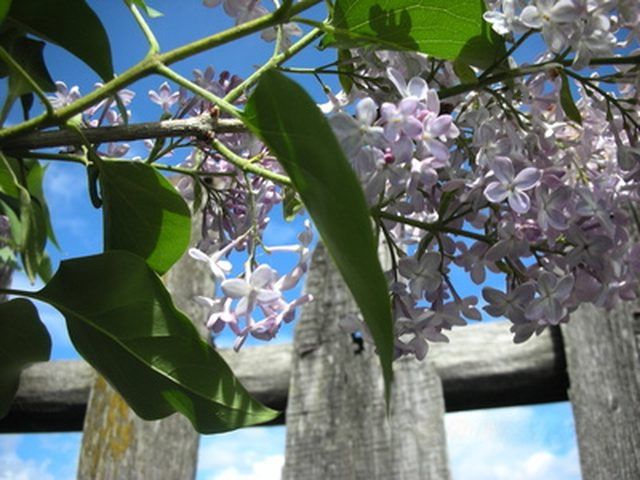Bulbs
Flower Basics
Flower Beds & Specialty Gardens
Flower Garden
Garden Furniture
Garden Gnomes
Garden Seeds
Garden Sheds
Garden Statues
Garden Tools & Supplies
Gardening Basics
Green & Organic
Groundcovers & Vines
Growing Annuals
Growing Basil
Growing Beans
Growing Berries
Growing Blueberries
Growing Cactus
Growing Corn
Growing Cotton
Growing Edibles
Growing Flowers
Growing Garlic
Growing Grapes
Growing Grass
Growing Herbs
Growing Jasmine
Growing Mint
Growing Mushrooms
Orchids
Growing Peanuts
Growing Perennials
Growing Plants
Growing Rosemary
Growing Roses
Growing Strawberries
Growing Sunflowers
Growing Thyme
Growing Tomatoes
Growing Tulips
Growing Vegetables
Herb Basics
Herb Garden
Indoor Growing
Landscaping Basics
Landscaping Patios
Landscaping Plants
Landscaping Shrubs
Landscaping Trees
Landscaping Walks & Pathways
Lawn Basics
Lawn Maintenance
Lawn Mowers
Lawn Ornaments
Lawn Planting
Lawn Tools
Outdoor Growing
Overall Landscape Planning
Pests, Weeds & Problems
Plant Basics
Rock Garden
Rose Garden
Shrubs
Soil
Specialty Gardens
Trees
Vegetable Garden
Yard Maintenance
Can You Transplant a Lilac Tree in Autumn?
Can You Transplant a Lilac Tree in Autumn?. Moving existing lilacs allows you to remodel your landscape or save those that are inconveniently located. Some considerations when moving established lilacs are age, size and health.

Moving existing lilacs allows you to remodel your landscape or save those that are inconveniently located. Some considerations when moving established lilacs are age, size and health.
Transplant Basics
In general, shrubs tolerate a move better than trees, while deciduous plants do better than evergreens. Younger plants tolerate transplanting better than older plants.

Recommended Time
It is recommended to move trees and shrubs during the dormant season, according to Jeff Iles, Iowa State Extension horticulturist. Early fall transplanting works because lilacs can regrow roots without supporting top growth.
Root Type
Plants with shallow and fibrous roots have an easier time than those with larger and fewer roots, according to Don Janssen, Extension educator for the University of Nebraska. Lilacs have fibrous root systems that help them get established after transplanting.
Feeder Roots
Transplanting damages feeder roots your lilac uses to absorb water and soil nutrients. This causes shock that can stop recovery after replanting. Plan for fall transplanting by root pruning in early spring.
Transplant Signal
Lilacs are deciduous, meaning they drop their leaves in the autumn. When this happens, it is your signal to transplant the lilac. Transplanting too late will rob your lilac of time to develop new feeder roots before winter freezes set in.